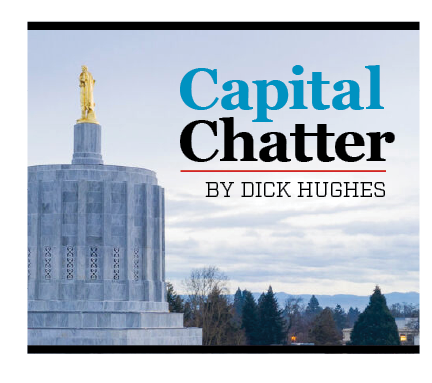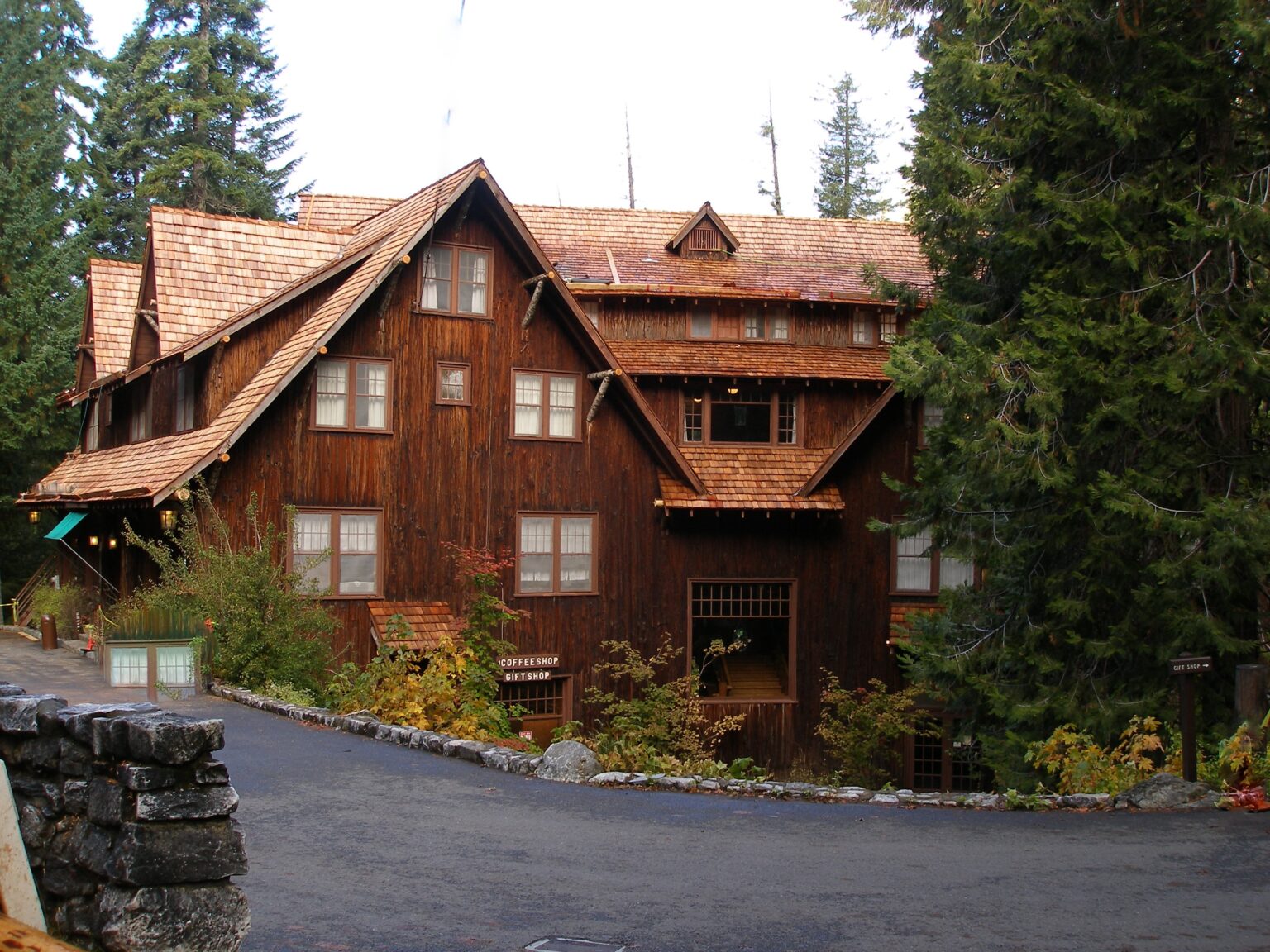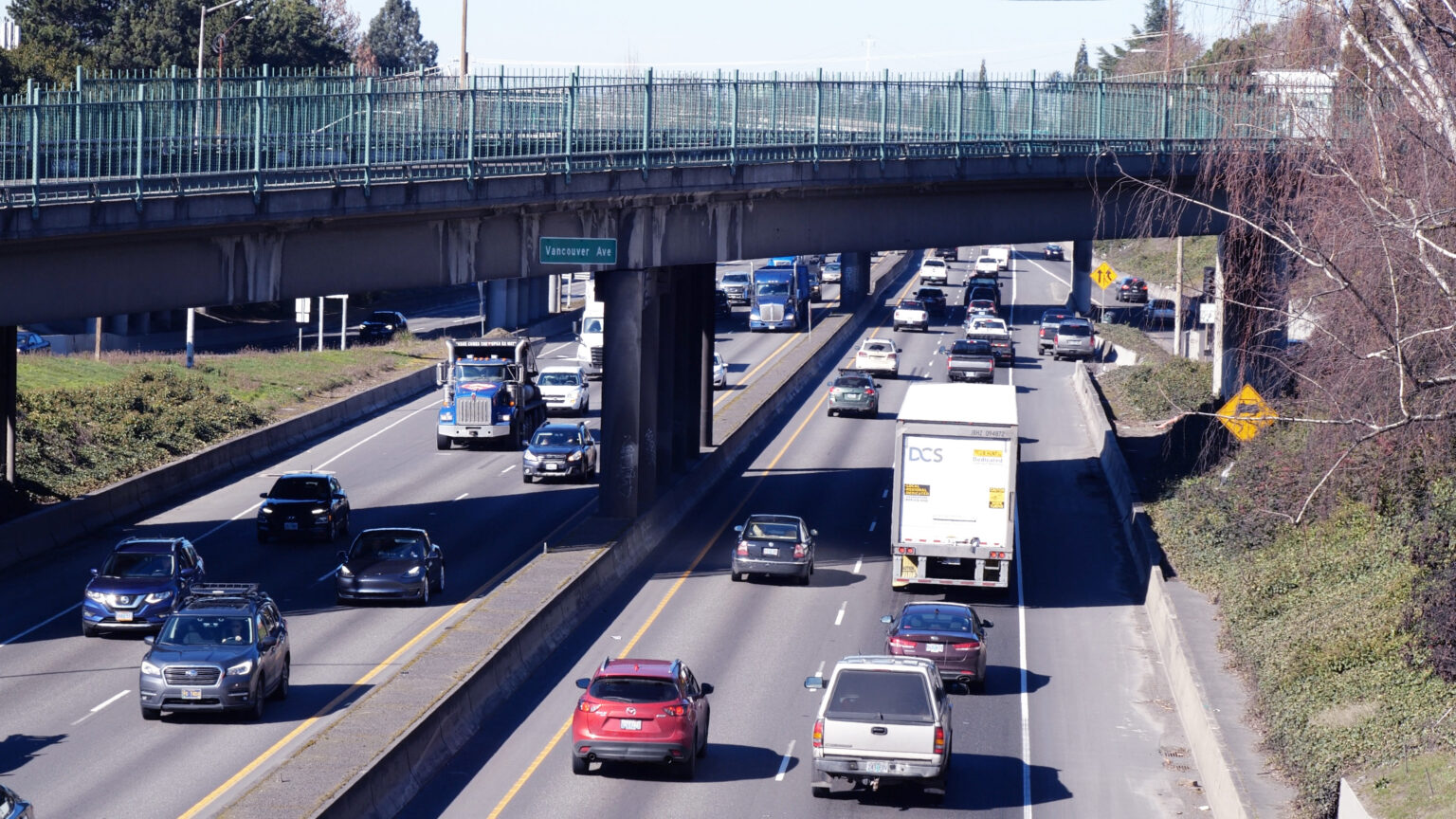Capital Chatter: Toll roads have statewide implications
Published 5:00 pm Thursday, September 15, 2022

- capital chatter logo
Toll roads tempted me this week.
Some folks might consider this the devil’s handiwork. Tolling is an inflammatory topic, one that helped derail a badly needed bridge in Salem’s capital, abetted the demise of the Columbia River Crossing and still antagonizes many people around Oregon.
The Portland-Vancouver area is the epicenter for the toll talk. However, the rationale for the Oregon Department of Transportation’s planned tolling on I-205 and I-5 has statewide implications. Tolls could be used to upgrade roads and bridges. And also to limit driving on those roads during peak travel times.
I’m writing today’s Capital Chatter from northern Virginia – the D.C. metro area – where toll roads are a way of life. At times this week, it has been difficult to discern whether I am on a toll road, on a freeway about to become a toll turnpike, or merely driving alongside one. Signs are omnipresent, yet confusing. Tolls exist or not, and prices vary, depending on the time of day. Toll booths are nonexistent, replaced by technology.
Although I’m not fond of how this region’s roads are marked, this is not a diatribe against tolls. I grew up as a kid in Tacoma, Washington, and our family paid a toll whenever we crossed the infamous Narrows Bridge. My father, who attended seminary in the San Francisco Bay Area, loved to tell stories about the 1940s hijinks that students played on bridge toll collectors. Traveling to visit family, I’ve often taken a toll road or bridge in Colorado, Virginia or Washington state – when necessary to save time or due to weather conditions.
Toll roads are inherently discriminatory. They favor drivers who have the money to buy access. For their payment, drivers get a potentially higher speed limit, less congestion and travel conditions safer than on a typical secondary highway. In return, other motorists supposedly benefit from those drivers not crowding the secondary highways.
Congestion pricing, which the 2017 Legislature encouraged, is used to reduce rush-hour traffic. If toll lanes are full of vehicles, toll prices rise to discourage travel, thereby reducing congestion, which speeds traffic and ultimately allows tolls to drop.
The concept is to get people to use carpools, vanpools or transit and/or travel at other times of the day.
“For almost 50 years, economists have been advocating Congestion Pricing (where toll prices rise and fall based on the number of cars on the road) as the most effective way to balance supply and demand on highways,” according to the Virginia Department of Transportation. “They argue the economic and social costs of congestion are far greater than costs associated with tolling.”
Therein lie the statewide implications. Portland congestion affects transportation throughout Oregon including delaying freight trucks so much that some producers have resort to shipping products through Bay Area ports.
If congestion pricing works well in the metro area, presumably it could expand elsewhere in Oregon. But local government leaders and residents also have legitimate concerns about tolling. Will it merely send cars detouring through their neighborhoods?
Tolling is neither inherently good nor bad. Since our country’s beginnings, it has been one mechanism among many for covering the cost of building bridges and roads. Now tolls also are used to keep people off those roads.
Transportation updates: The Legislature’s Joint Committee on Transportation will get an update on the Interstate 5 Bridge Replacement Project during its virtual meeting at 8:30 a.m. Friday, Sept. 23.
The public can watch online on their own or through a viewing station in the State Capitol.
The committee also will receive updates on DMV operations and ODOT projects.





